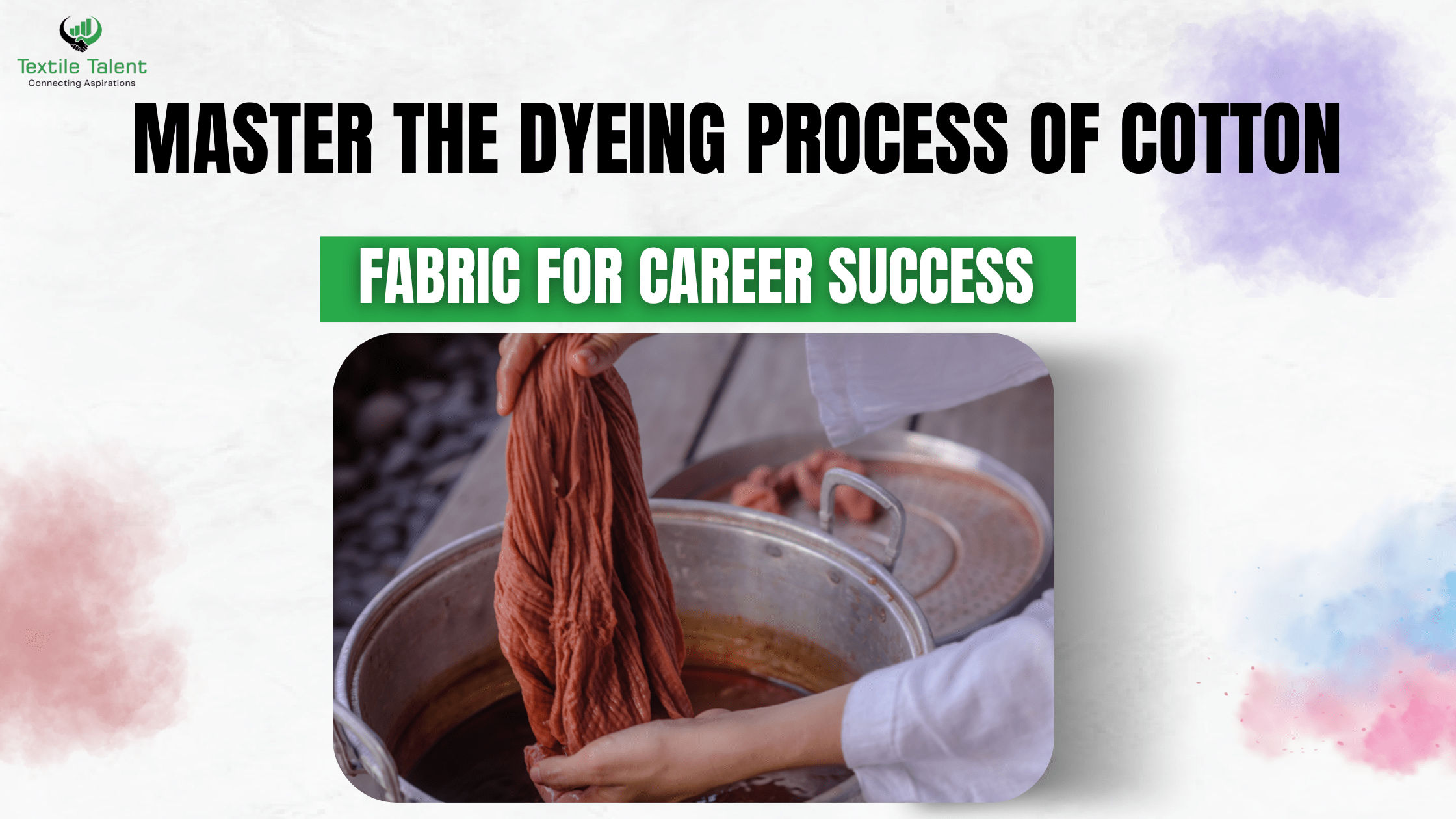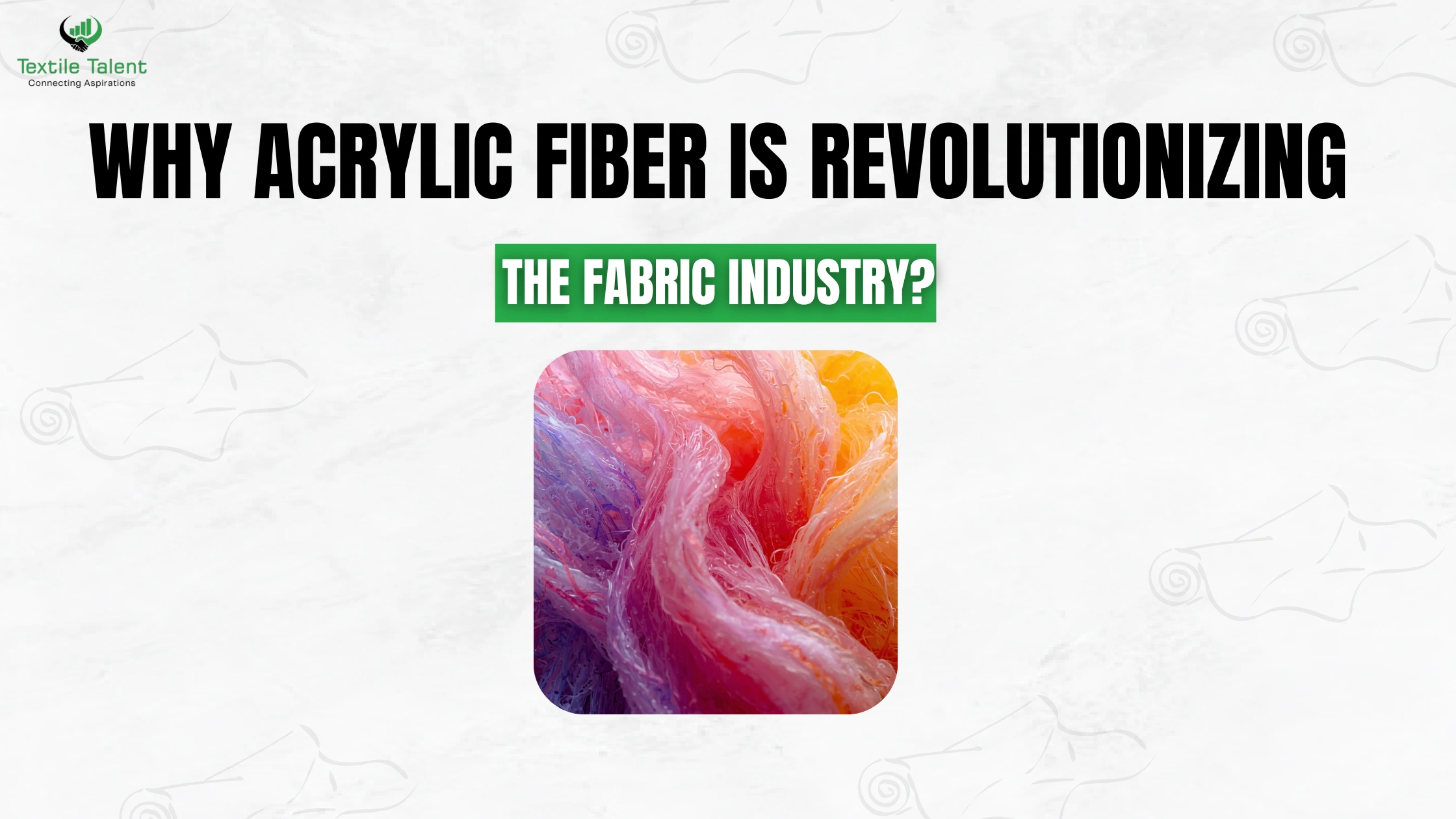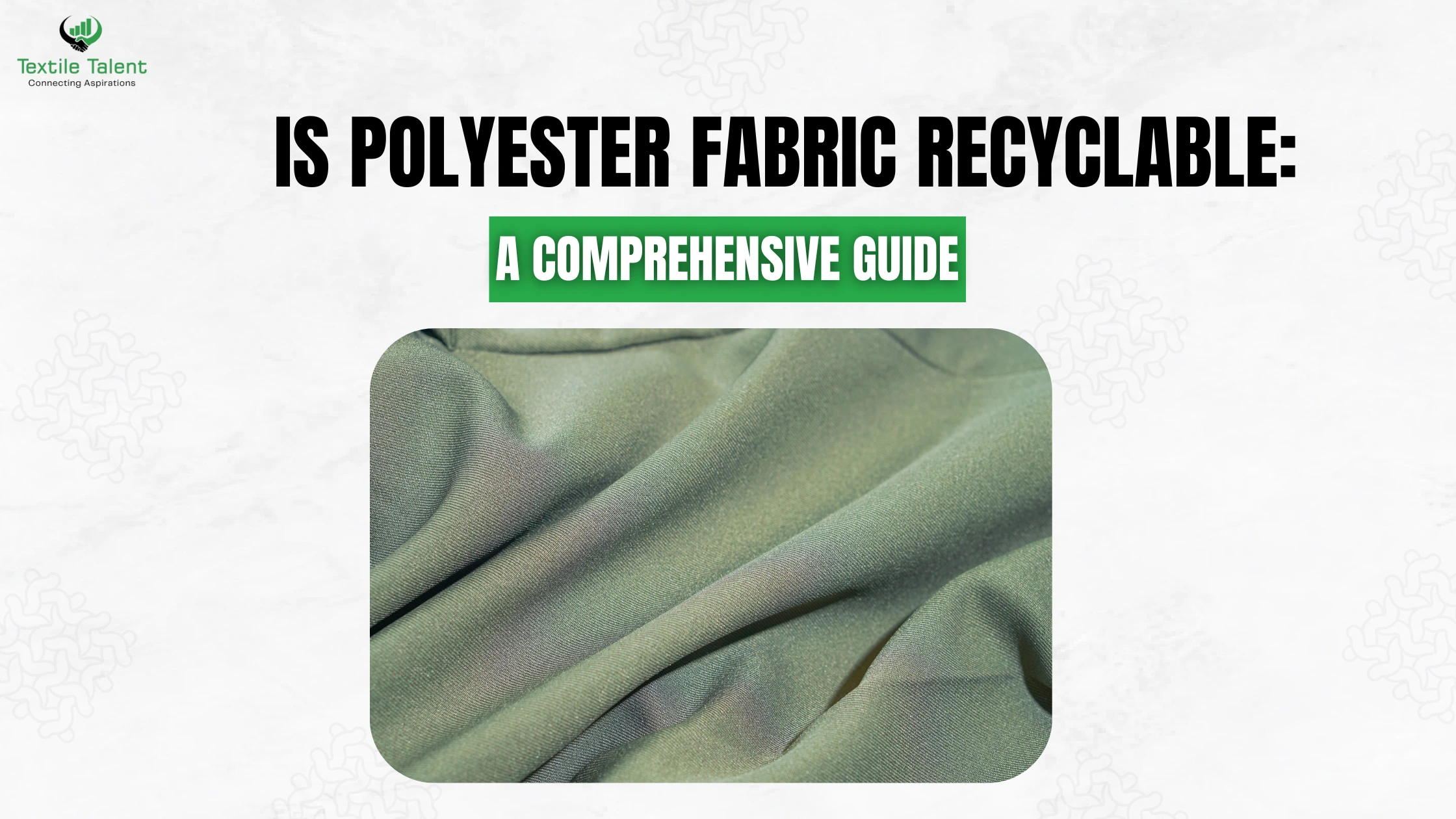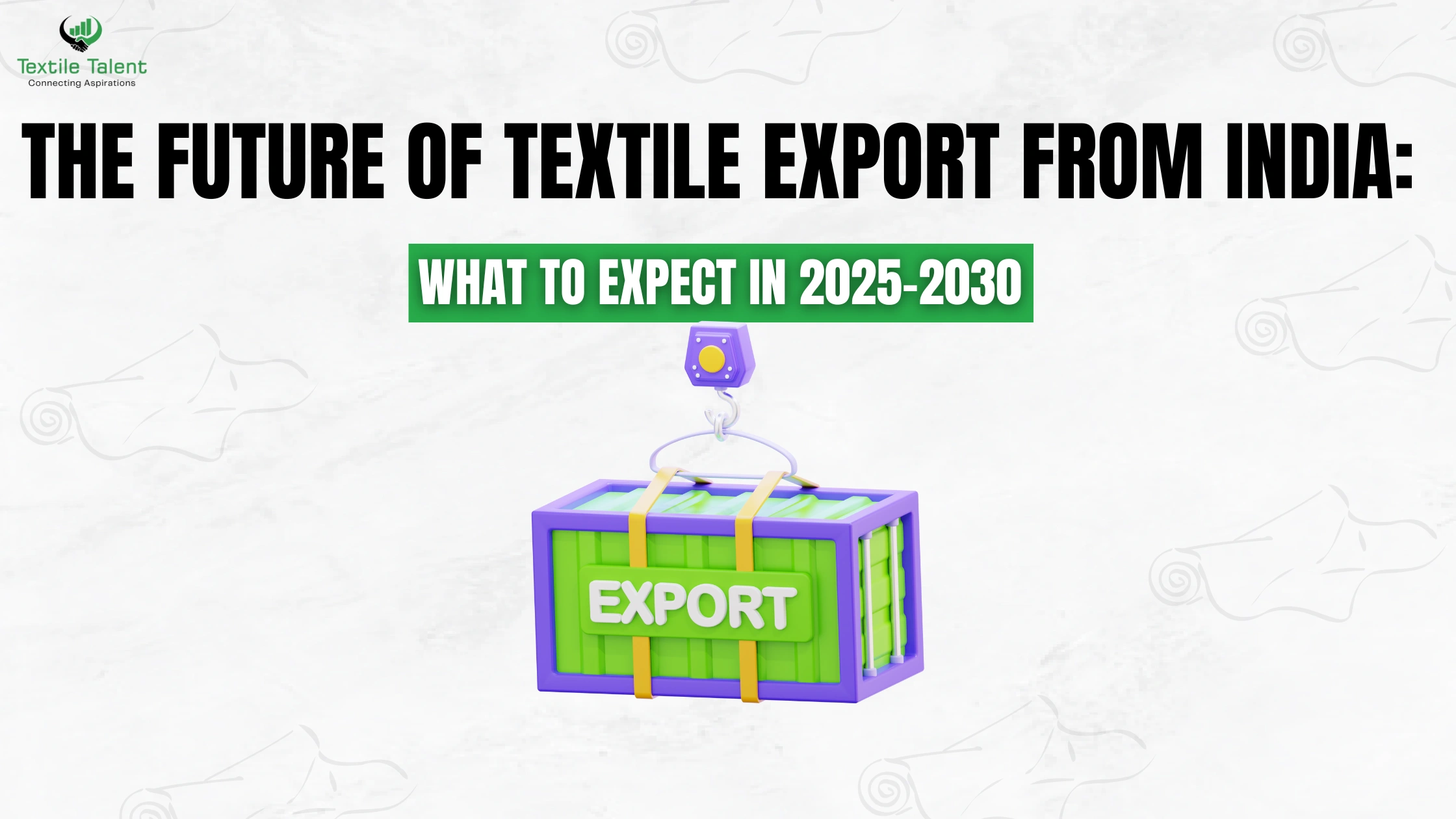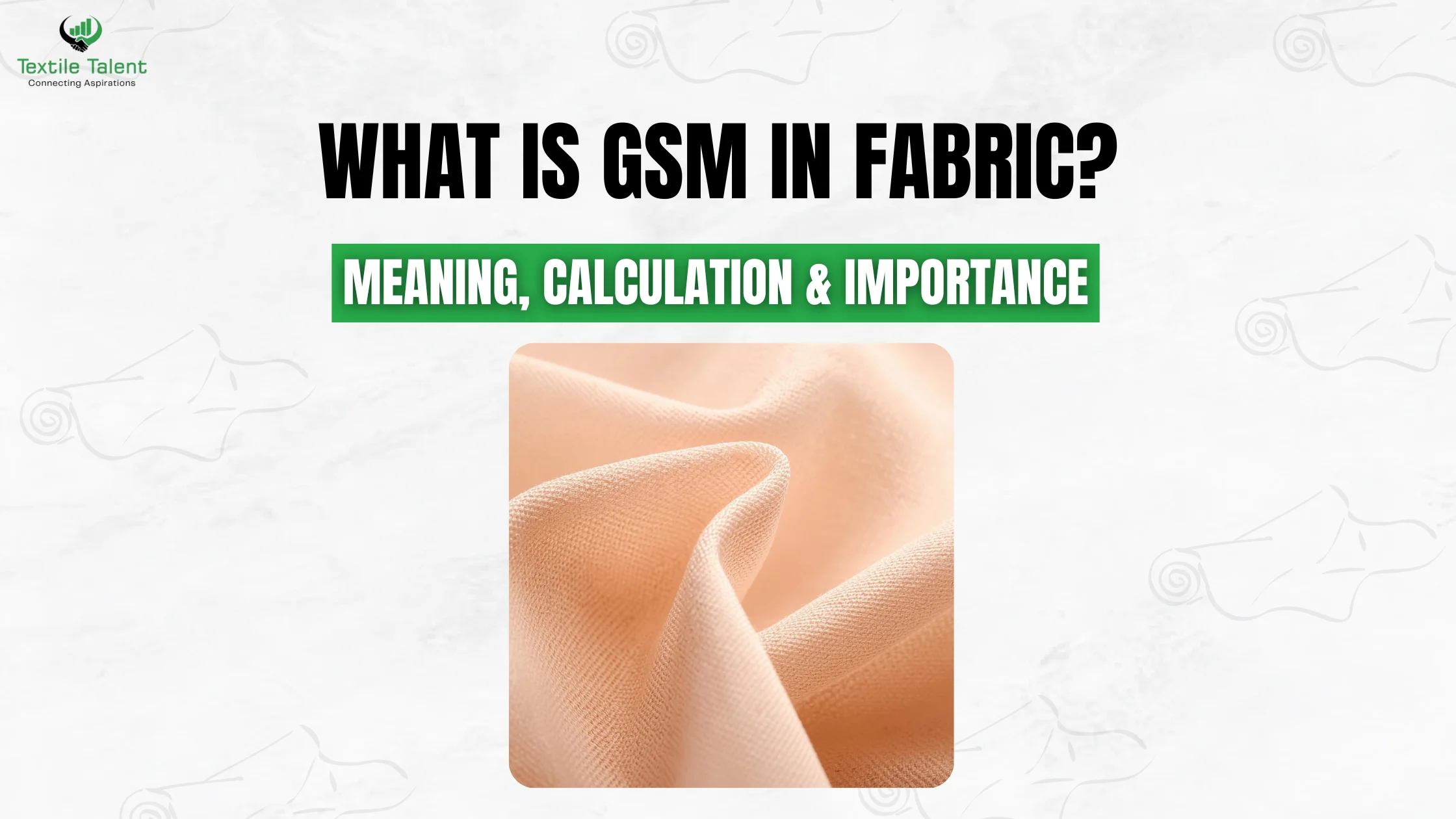
Textile and apparel industry is one of the largest and dynamic industries in the world and provides a vast number of opportunities of choice of career. Although designing and marketing skills are usually put in the limelight, technical skills such as dyeing of fabrics are also important skills as they are also in high demand. This is because for the person aspiring to have a successful career in the area of textiles, a thing which could be a game changer would be the knowledge of the dyeing process of cotton fabric.
The Reason Behind Cotton Fabric?
One of the most popular natural fibers is cotton fiber. Cotton is soft, breathable, biodegradable, and easily absorbent and it is therefore a favourite material of clothing, home textile as well as industrial applications. Its popularity has the effect that there exists a constant demand in the high-quality cotton material that is well dyed in the entire market.
Cotton dyeing was among the first mechanical process that tried to transform the concept of color into finer procedures, and thus mastering the dyeing process of cotton fabric not only opens a broad range of technical and operational potential but also gives you an advantage in other fields that pursue quality, sustainability, and innovation.
What Is the Dyeing Process of Cotton Fabric?
The dyeing process of cotton fabric entails the use of dyes of many kinds and methods and involves coloring of the fiber. The cotton is a cellulose fiber unlike synthetic fabrics that need special dying material and environment to attain maximum colorfastness and intensity.
Important Procedures in the Process of Cotton Dyeing:
Preparation (Scouring & Bleaching)
Before the dyeing process, the fabric would be washed in order to eliminate the natural waxes, oils and impurities, which could not allow the dye to be secured evenly.
Dye Selection:
The most common dyes available to cotton are reactive dyes, vat dyes, direct dyes and sulfur dyes and each of them has its benefits based on application and desired result.
Dyeing:
A dye solution is placed soaked in the fabric. This may be achieved in different ways such as batch dyeing, continuous dyeing or pad dyeing.
Fixation:
Chemicals and heat can be used to make the dye adhere strongly to the fibres of cotton, to make the colour fast.
Washing/Finishing:
Superfluous dye is washed away, after which the fabric is treated so that it is relatively durable and high performing.
Having the knowledge about such steps as well as chemistry involved in them makes you an expert in the field of textile processing.
Career Opportunities in Cotton Fabric Dyeing
The acquisitions of the dyeing process can open a lot of employment possibilities such as:
1. Dye Craftsman (Dye Master)
Labor at mills and manufacturing plants to monitor the dyeing process in order to be precise, consistent and have quality.
2. Textile Colorist
Become a specialist in color development, matching and forecast of trends according to client/ market requirements.
3. Quality Control expert
To enhance your dyeing process of cotton fabric knowledge examine fabrics in terms of color fastness, uniformity as well as defects. The functions are essential in upholding product standards.
4. Sustainability Manager
Be environmentally friendly by paying attention to cleaner dyeing approaches, such as waterless dyeing or vegetable dyes, in line with worldwide sustainability aspirations.
5. R&D Scientist
Design new dye chemistries or dye usage processes, particularly on technical or intelligent fabrics.
Why This Skill Is a Career Booster
Textile Hubs and Great Demand
Nations that have vast textile industries such as India, Bangladesh, Vietnam, China and Turkey are ever in want of qualified dyeing experts. Multinational companies are also in need of professionals who are knowledgeable of international practices and regulations.
Cross-Functional Relevance
The dyeing also helps designers, merchandisers, as well as supply chain professionals. It assists them to communicate effectively with production staff, to manage costs and standards of quality.
Promotes Sustainability Targets
Dyeing is the most polluting step of textile production. There is an increasing demand for professionals who can maximize it to use a lesser amount of water, lesser energy and finally use chemicals that are not toxic.
Global Certifications and Training
A number of institutes provide certification courses in textile dyeing like ITC, NIFT and such other online platforms globally. Possession of a validated qualification can give you an advantage in the job markets.
Tips for Mastering the Dyeing Process
Learn By Doing:
Working experience in textile mills or dye houses are there, which are difficult to substitute.
Learn fabric chemistry:
The interaction of cotton with the various chemicals and other conditions of the environment will enable you to troubleshoot and innovate.
Keep Yourself up to Speed with Technology:
Remain at par with the latest dyeing machines, digital dyeing technology and sustainable product substitutes.
Network in the Industry:
Become a member of textile associations, go to trade shows and meet the professional to be informed of any textile industry jobs in India availability and promotions.
Final Thoughts
Dyeing process of cotton fabric is more than a technical process, it is a lifesaving process without which most textile work would never take place. Taking the first step towards either a technical position in a dying unit, exploring sustainability, or shift towards product development, knowing about this process will help you shine in a career.
The demand for quality and ethical pieces of work with green clothes adds up and thus increases the significance of experts who may be able to guarantee resonating, pragmatic, and also coloration- aware cotton apparels. And therefore in case you have a deep interest in textiles and you want to imprint your influence on it, you are supposed to understand the art of dyeing cotton fabrics-- and dye your career with prosperity

